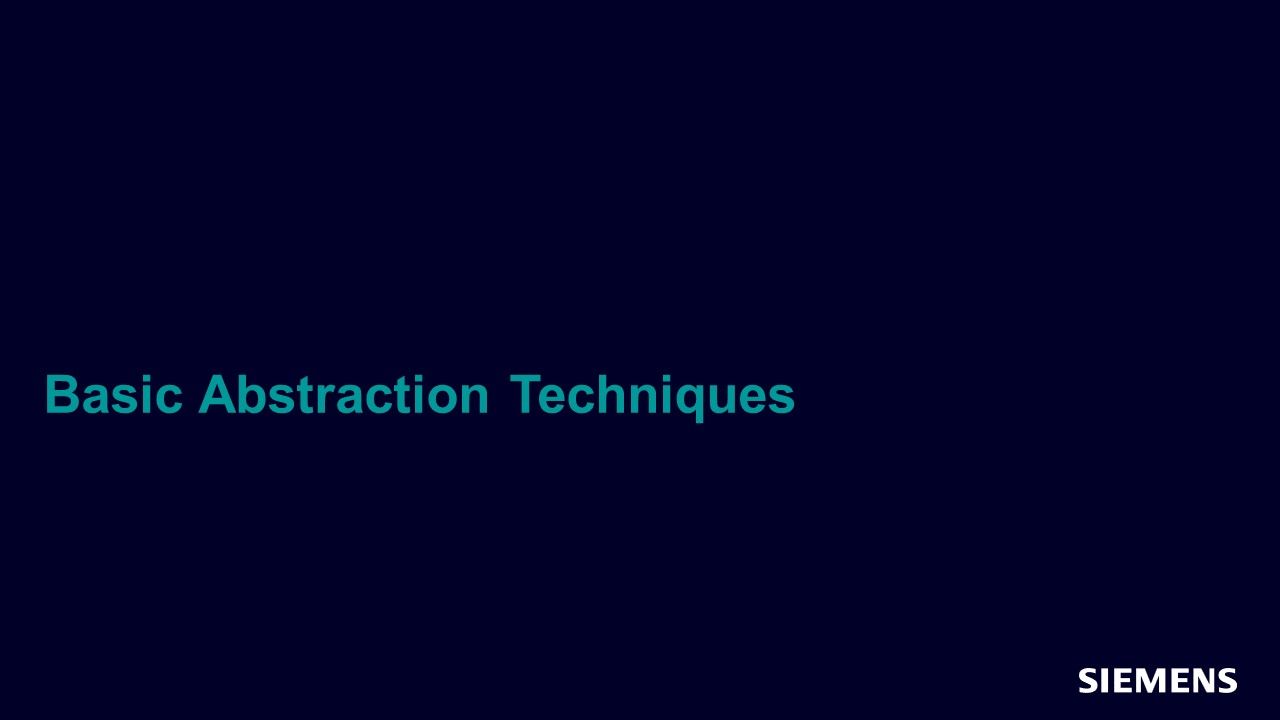Formal 101: Learn Formal the Easy Way
Everyone wants exhaustive verification, and thus people want to learn more about formal property checking flows and tools. But they either don’t where to start, or they are afraid that the learning curve will be protracted and confusing.

-
Sessions
-

Formal 101: Fast, Scalable Formal Verification Made Easy
In this session, we will give an overview of how to apply basic abstractions, how to set up & optimize constraints, and where and how to leverage Data Independence & Non-Determinism. -

Formal 101: Basic Abstraction Techniques
In this session we will teach about the types of DUT constructs that commonly cause trouble for the formal analysis, and how to apply time-tested techniques to safely abstract them away so that the formal verification run can rapidly reach closure. -

Formal 101: Data Independence and Non-Determinism Made Easy
In this session, we will show how with a little design knowledge and forethought on your part, you can leverage these two principles to cut down your formal analysis to a matter of minutes vs. hours. -

Formal 101: Exhaustive Scoreboarding and Data Integrity Verification Made Easy
In this session, we will show you how to use IEEE standard property checking code (SVA) and off-the-shelf formal tools to quickly and exhaustively verify data transport through the DUT matches the specification. -

Formal 101: Setting Up & Optimizing Constraints
In this session we will show you how to write optimal constraints for formal analysis; and how to deliberately under- and over-constrain the analysis to learn more about the effectiveness of the constraints themselves, your test plan and formal coverage plan, and the DUT behavior.
-
-
Overview
In this track, the sessions are designed to help anyone who is familiar with VHDL, Verilog, SystemC, or C++ quickly learn the basics of formal.
If you want get comfortable with the technological underpinnings of formal before diving in, start with this:
-
Forum Discussion - Formal
-
SVA for delayed state transition from FAULT_ID to WAIT_STATE (100ms delay)
Aug 22, 2025 SystemVerilog